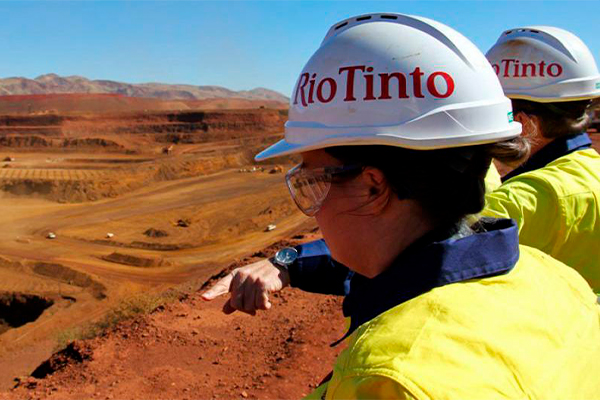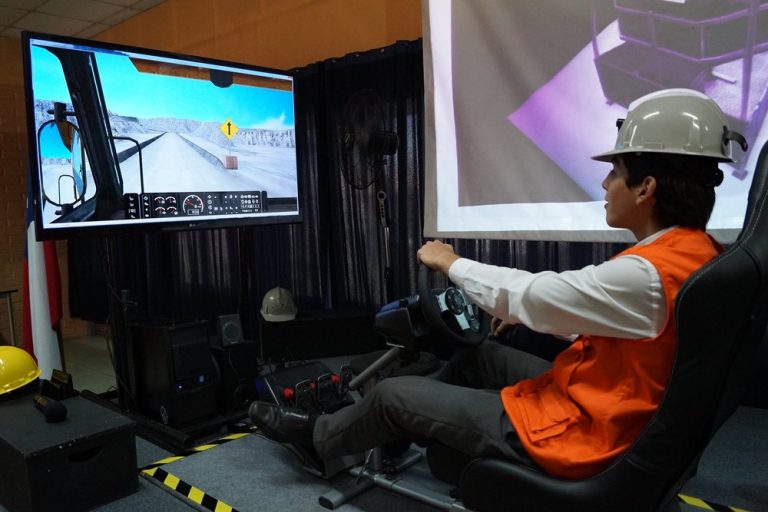The mining industry is known for its demanding and dangerous work environment. Occupational safety has always been a primary concern in this sector, and mining companies are constantly looking for new ways to prevent risks and protect their workers. In this regard, Artificial Intelligence (AI) has emerged as a powerful tool that can revolutionize the way we approach mining safety.
In this article, we will explore how artificial intelligence is being used to improve workplace safety in mining, presenting case studies of mining companies that have successfully implemented AI-based solutions.
Data analysis to improve safety and risk prevention
One of the highlights of artificial intelligence in mining is its ability to analyze large amounts of data and extract valuable insights to improve safety. Mining companies collect vast amounts of data in real time, from information from sensors on equipment and machinery to incident and accident records. Through the use of AI algorithms, this data can be efficiently analyzed to identify patterns and trends that help prevent accidents.
A notable case study is the mining company Rio Tinto , which has implemented an AI system to analyze the data collected from its mining equipment. This system uses machine learning algorithms to identify potential equipment problems before they become disastrous failures. Achieving in this way to take preventive measures to avoid accidents and maintain occupational safety in the mine.

Occupational safety training
Another application of artificial intelligence in improving occupational safety in mining is worker training. Proper training is essential to ensure that employees understand the risks associated with their work and are trained to prevent them. AI can play an important role in this process by providing interactive and personalized training solutions.
A prominent example is the mining company Broken Hill Proprietary (BHP), which has implemented an AI-based Virtual Reality (VR) program to train its workers on workplace safety. This program simulates risk situations in a virtual environment, allowing employees to practice and learn how to respond appropriately in an emergency, monitor worker performance, and provide real-time feedback, thereby improving training effectiveness.

Portable risk monitoring and prevention technologies
Wearable technologies also play a crucial role in improving workplace safety in mining, and artificial intelligence can enhance their usefulness. Wearable devices, such as sensors and monitors, can collect real-time data on the health and safety of workers, allowing constant monitoring and early detection of potential risks.
A prominent case is the mining company Anglo American, which has implemented wearable monitoring technologies based on artificial intelligence to improve workplace safety in its mining operations. These portable devices are equipped with sensors that constantly monitor environmental conditions, air quality, temperature, and the presence of hazardous substances. The AI is used to analyze the data collected and generate alerts in real time in case risk situations are detected.
In addition, workers can also carry portable devices that provide them with information about their health and well-being. For example, monitors for heart rate and fatigue levels can be used to detect signs of exhaustion or stress in workers. The AI can analyze this data and provide personalized recommendations, such as work breaks or adjustments to assigned tasks, to prevent injuries or accidents.
Advantages of using AI technologies in mining safety
The application of artificial intelligence in improving occupational safety in mining offers a series of significant advantages. First, the ability to analyze large volumes of data in real time enables early risk detection and faster decision-making. This helps prevent accidents and minimize the impact of any incident that may occur.
Second, AI can identify hidden patterns and trends in the data, enabling a better understanding of risk factors and the implementation of more effective preventive measures. By having a clearer vision of safety issues, mining companies can develop specific strategies to address them and reduce occupational hazards.
In addition, AI can also improve the efficiency of occupational safety training. By providing interactive and personalized solutions, workers can more effectively learn and practice risky situations without exposing themselves to real hazards. This helps strengthen employee security awareness and response skills, which in turn contributes to a safer work environment.
Conclusions
Artificial intelligence represents a new frontier in occupational risk prevention in the mining industry. Through data analysis, personalized training and constant monitoring, significantly improving occupational safety in mining. Case studies from mining companies such as Rio Tinto, BHP and Anglo American demonstrate the success of implementing AI-based solutions.
The advantages of using AI technologies, such as real-time data analysis, interactive training and personalized monitoring, are essential to address the specific challenges of occupational risk prevention in mining. By harnessing the power of artificial intelligence, mining companies can create safer work environments, protect their workers, and reduce accidents and injuries in the mining sector. Artificial intelligence represents a significant advance in the way we face workplace safety challenges, and its implementation continues to be a priority for the future of mining.
Bibliographic references
Own source

